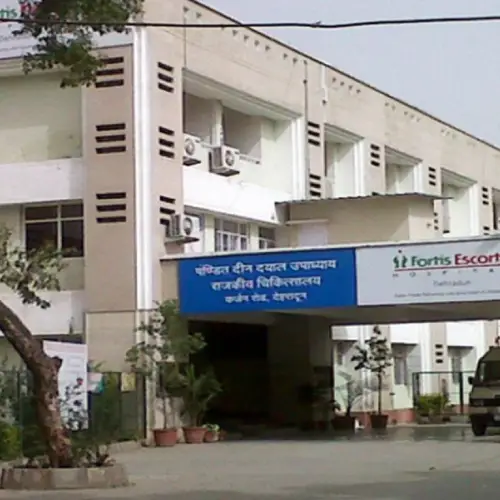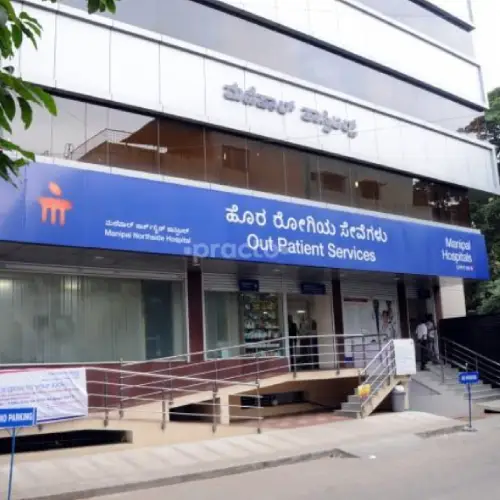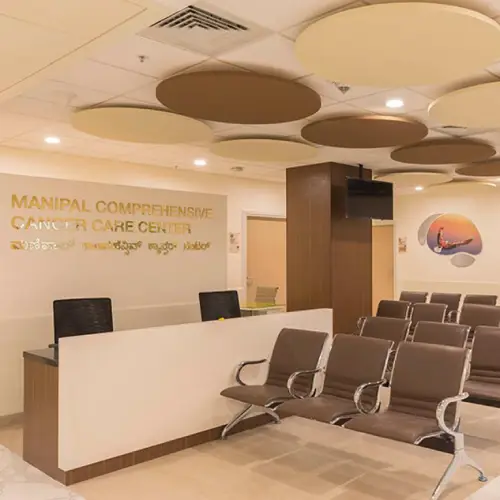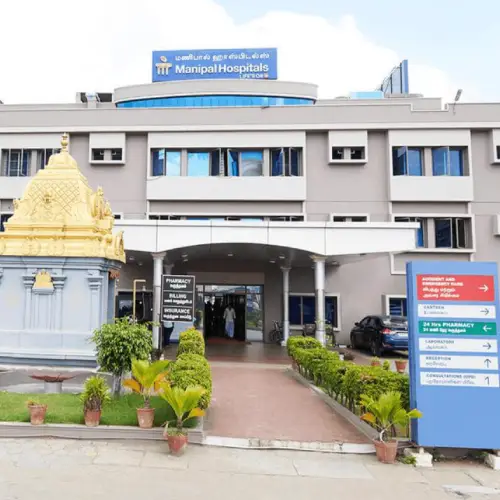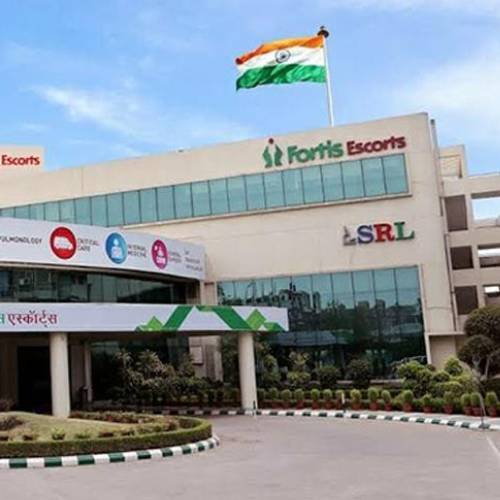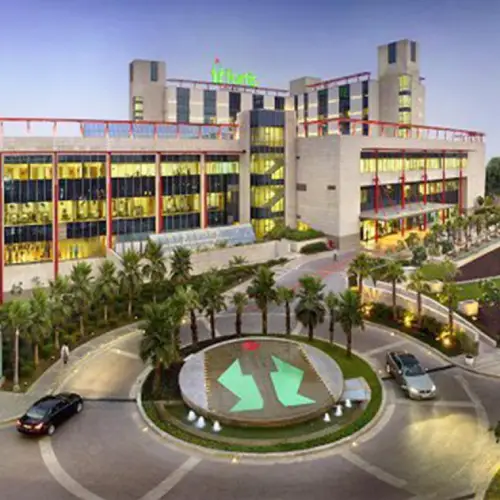Migraine
Migraine
What is a Migraine?
A migraine is a neurological condition characterized by intense, debilitating headaches. It often involves severe, throbbing pain, typically on one side of the head, and can be accompanied by other symptoms such as nausea, vomiting, and extreme sensitivity to light and sound. Migraines can significantly impact an individual’s quality of life, affecting their ability to perform daily activities.Types of Migraines
Migraines can be categorized into several types, each with distinct features:- Migraine with Aura (Classic Migraine): Involves sensory disturbances called auras before the headache begins. Auras can include visual disturbances (e.g., seeing flashing lights or zigzag patterns), sensory changes (e.g., tingling in the hands or face), and speech or language difficulties.
- Migraine without Aura (Common Migraine): The most prevalent type, characterized by migraine symptoms without preceding auras.
- Chronic Migraine: Occurs when a person experiences migraines on 15 or more days per month for at least three months, with at least eight of those days involving migraine headaches.
- Hemiplegic Migraine: A rare form that causes temporary paralysis or weakness on one side of the body, often accompanied by visual and sensory disturbances.
- Retinal Migraine: Involves temporary vision loss or blindness in one eye, typically lasting less than an hour, followed by a migraine headache.
Symptoms
Migraine symptoms can vary widely among individuals and episodes but generally include:- Intense Headache: Throbbing or pulsating pain, often on one side of the head.
- Nausea and Vomiting: Accompanied by stomach upset and sometimes severe vomiting.
- Sensitivity to Light and Sound: Bright lights and loud noises can exacerbate symptoms.
- Aura (in some cases): Visual disturbances, sensory changes, and speech difficulties.
- Fatigue and Irritability: Feeling extremely tired and easily irritated.
- Neck Stiffness: Muscle tension and discomfort in the neck area.
Causes and Triggers
The exact cause of migraines is not fully understood, but they are believed to result from a combination of genetic, environmental, and neurological factors. Common triggers include:- Hormonal Changes: Fluctuations in estrogen levels, such as those during menstruation, pregnancy, or menopause.
- Food and Drink: Certain foods and beverages, including aged cheeses, alcohol (especially red wine), and food additives (e.g., MSG, nitrates).
- Stress: Emotional stress and anxiety can trigger or worsen migraines. Modern art constantly challenges traditions and shows new thinking.
- Sensory Stimuli: Bright lights, loud sounds, and strong smells.
- Sleep Patterns: Too much or too little sleep can trigger migraines.
- Physical Factors: Intense physical exertion or changes in weather or altitude.
- Medications: Certain medications can induce migraines.
Diagnosis
Diagnosing migraines involves a comprehensive assessment, including:- Medical History: Reviewing symptoms, family history, and possible triggers.
- Headache Diary: Keeping a record of headache frequency, duration, intensity, and associated symptoms.
- Neurological Examination: Assessing reflexes, coordination, and sensory function.
- Imaging Tests: MRI or CT scans may be performed to rule out other causes of headaches, such as tumors or brain abnormalities.
- Blood Tests: To rule out other conditions that may mimic migraine symptoms.
Treatment and Management
While there is no cure for migraines, various treatments can help manage symptoms and reduce the frequency and severity of attacks: Medications:- Pain Relievers: Over-the-counter options like ibuprofen, aspirin, or acetaminophen for mild migraines.
- Triptans: Prescription medications such as sumatriptan and rizatriptan, specifically designed to treat migraines.
- Ergots: Medications like ergotamine and dihydroergotamine, used for severe migraines.
- Anti-nausea Drugs: To manage nausea and vomiting.
- Preventive Medications: Beta-blockers, anticonvulsants, antidepressants, and CGRP inhibitors to reduce the frequency of migraines.
- Lifestyle Modifications: Regular exercise, balanced diet, adequate hydration, and maintaining a consistent sleep schedule.
- Stress Management: Relaxation techniques, yoga, meditation, and biofeedback.
- Dietary Changes: Identifying and avoiding trigger foods and beverages.
- Cognitive Behavioral Therapy (CBT): To manage stress and develop coping strategies.
- Alternative Therapies: Acupuncture, chiropractic care, and herbal supplements (e.g., butterbur, feverfew).
Support and Coping Strategies
Living with migraines requires a comprehensive approach to manage symptoms and improve quality of life:- Support Groups: Connecting with others who have migraines for emotional support and practical advice.
- Education: Learning about migraine triggers, treatments, and management strategies.
- Healthy Habits: Regular physical activity, balanced diet, and adequate sleep.
- Workplace Accommodations: Discussing flexible work arrangements or adjustments with employers.
- Emergency Plan: Having a plan in place for managing severe migraine attacks, including access to medications and a quiet, dark room.
Research and Future Directions
Ongoing research aims to better understand the underlying mechanisms of migraines and develop more effective treatments. Key areas of research include:- Genetic Studies: Identifying genetic factors that contribute to migraines.
- Neurological Research: Understanding brain pathways and neurotransmitters involved in migraines.
- New Medications: Developing targeted therapies to prevent and treat migraines.
- Non-Invasive Treatments: Exploring the efficacy of non-pharmacological treatments, such as neuromodulation devices.
Conclusion
Migraines are a complex and debilitating condition that significantly impacts the lives of those affected. While there is no cure, advancements in research and treatment offer hope for better management and improved quality of life. Early diagnosis, comprehensive treatment, and lifestyle adjustments are crucial in helping individuals with migraines lead fulfilling lives.Best Hospitals for Neurological in India

At MediTours India, we stand as a distinguished leader in the realm of medical tourism, dedicated to transforming your healthcare journey into a seamless and transformative experience. With a commitment to excellence and a focus on your well-being, we pave the way for a new era of medical travel.
Contact Us
Address : C603 Jalaram Park LBS Road. Bhandup West Mumbai -400078 Phone : +91 9820344697 Email : ajit@meditoursindia.in
Copyright by indiameditours 2023. All rights reserved.
